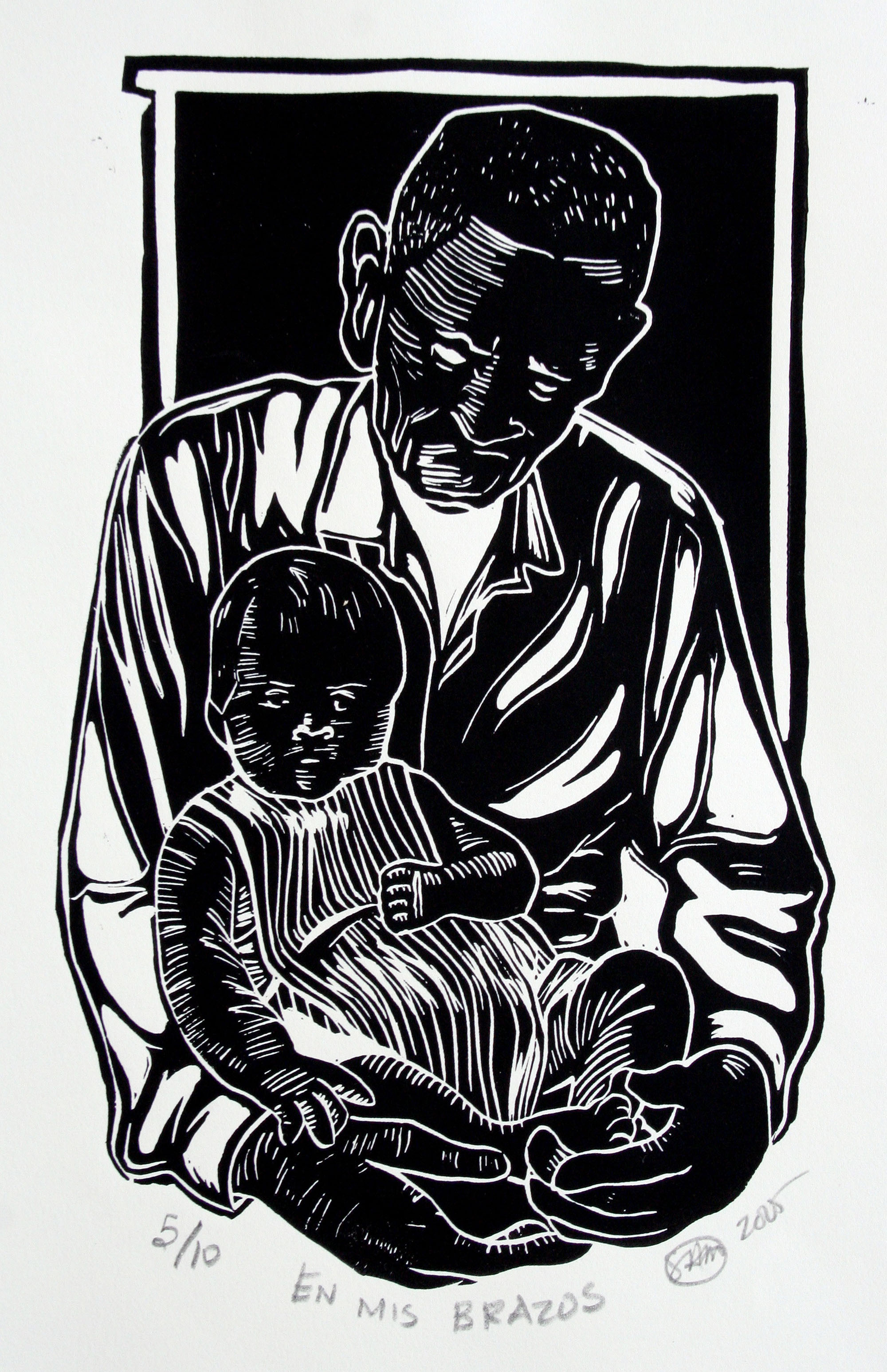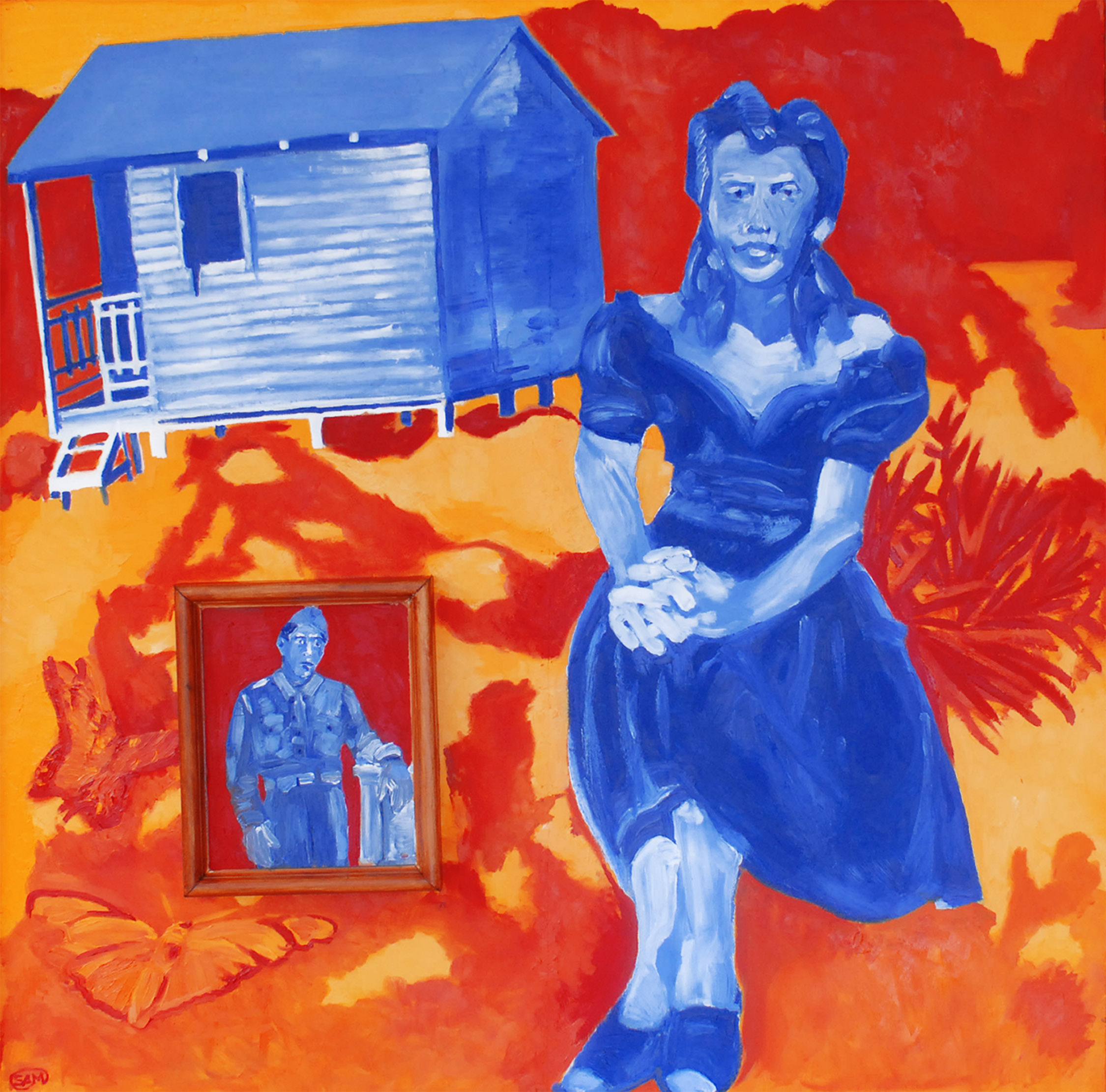![]()
 En Mis Brazos
En Mis Brazos
All posts tagged: Studio
Samuel Miranda: Poetry and Art

LOOKING FOR MY CITIZENSHIP
After Adál
When I am unsure of who I am
I pick up my dominos
and search out el reverendo
Pedro Pietri
so we can pray for clarity.
Streets of Goma

Years ago, I wrote that seekers of all stripes—journalists, philosophers, scientists, mystics—are chasing the same elusive thing: something like truth, understanding, a fully integrated perspective, awakeness, untangling. We just ask questions in different contexts, modalities, and microcosms.
Home Invasion
Images by MARTHA ROSLER
Introduction by DARSIE ALEXANDER

Drawing from Experience
By FRED LYNCH
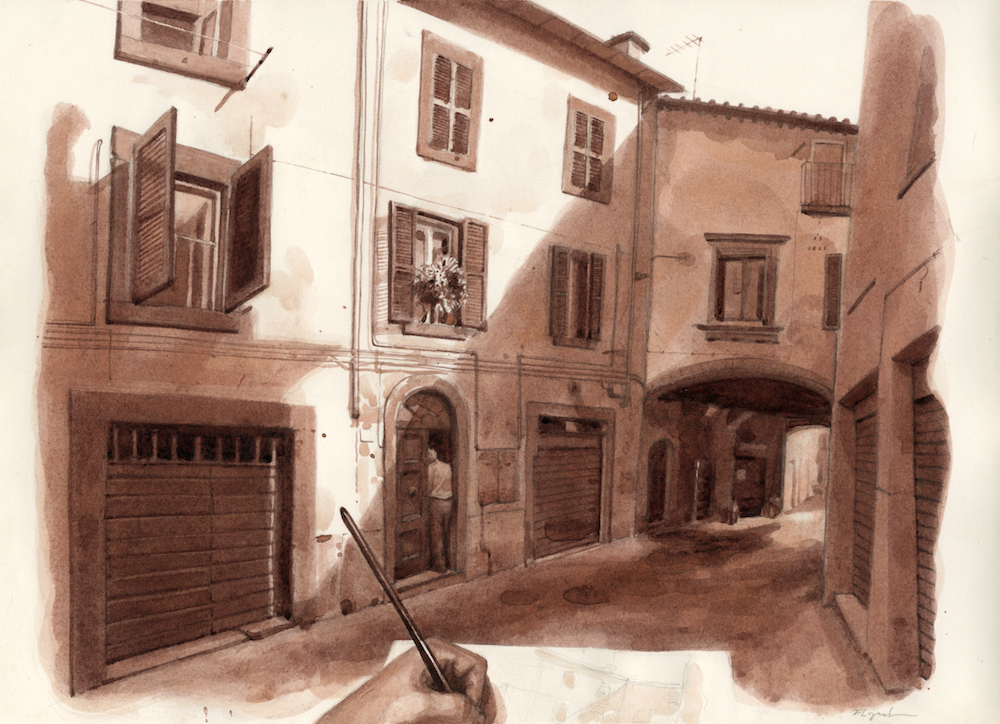 Scene Stealing, ink on paper, 15 x 11.5”
Scene Stealing, ink on paper, 15 x 11.5”
“The painter wanders and loiters contentedly from place to place, always on the lookout for some brilliant butterfly of a picture which can be caught and set up and carried safely home.”
– Winston Churchill, 1948, Painting as a Pastime
Headwinds
Artist: FRANCES STROH
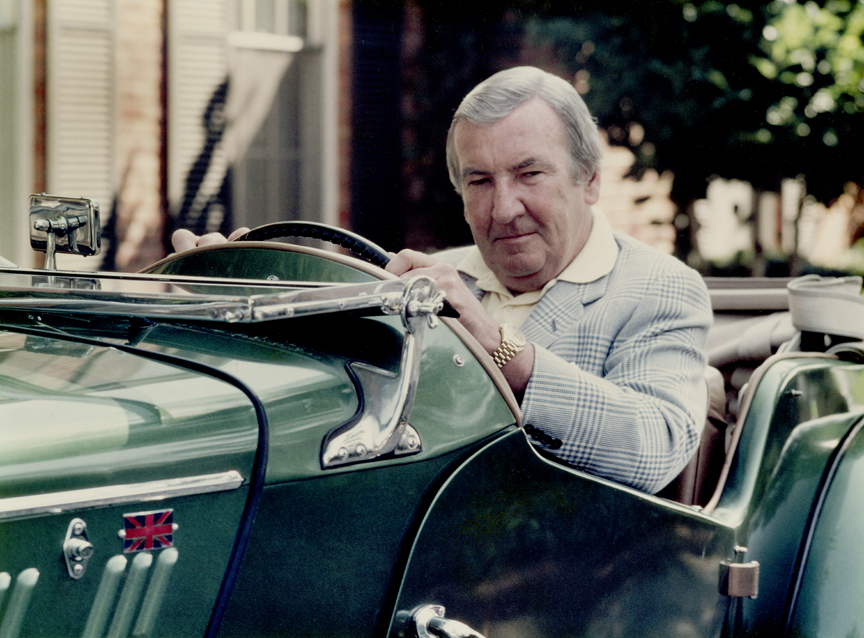
“I realized these were all the snapshots which our children would look at someday with wonder, thinking their parents had lived smooth, well-ordered lives and got up in the morning to walk proudly on the sidewalks of life, never dreaming the raggedy madness and riot of our actual lives, our actual night, the hell of it, the senseless emptiness.”
― Jack Kerouac, On the Road
Nicaragua Canal Project
Artist: BEN SHATTUCK

When I first heard of the Nicaraguan Canal Project, I thought of the 19th-century artists Martin Johnson Heade and Norton Bush. It was winter, and I was driving through Wisconsin, early evening, listening to the news. The canal, the reporter said, would be three times as long and twice as wide as the Panama Canal. It would fit extra-large container ships. It might stimulate Nicaragua’s economy. Environmental groups were protesting potentially large-scale disaster.
Poetry Month: Emily Dickinson Cartoon
April is POETRY MONTH, and we’re kicking it off with a satirical cartoon of local poet Emily Dickinson: girl voted most likely to dwell in possibility…
Get into the spirit of POETRY MONTH with this satirical cartoon of Emily Dickinson, who reminds us to be wary when travelling…
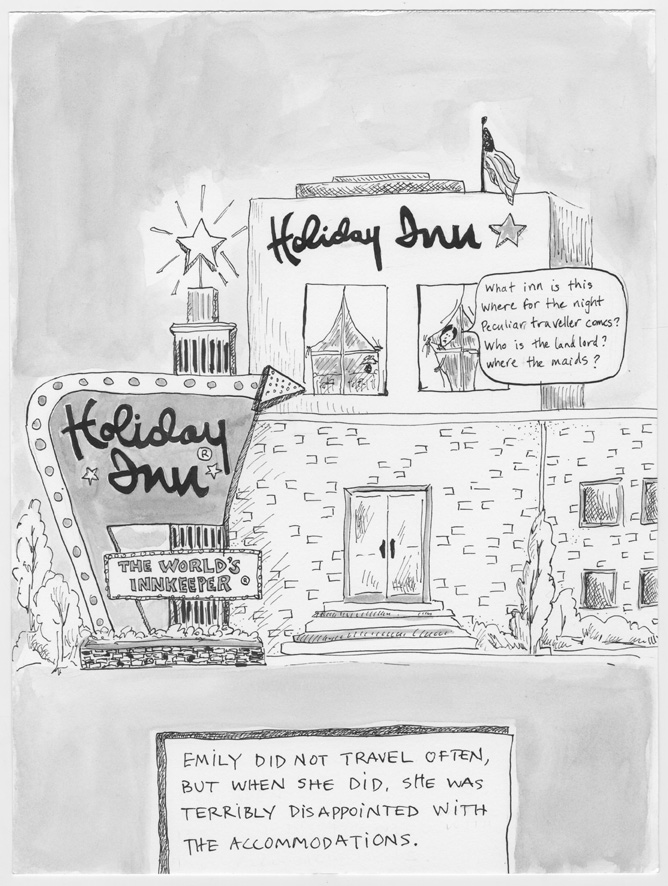
Rosanna Bruno is a visual artist who lives and works in Brooklyn, NY.
Robert S. Duncanson and the Birthright of Landscape
Curated by AMY HALLIDAY
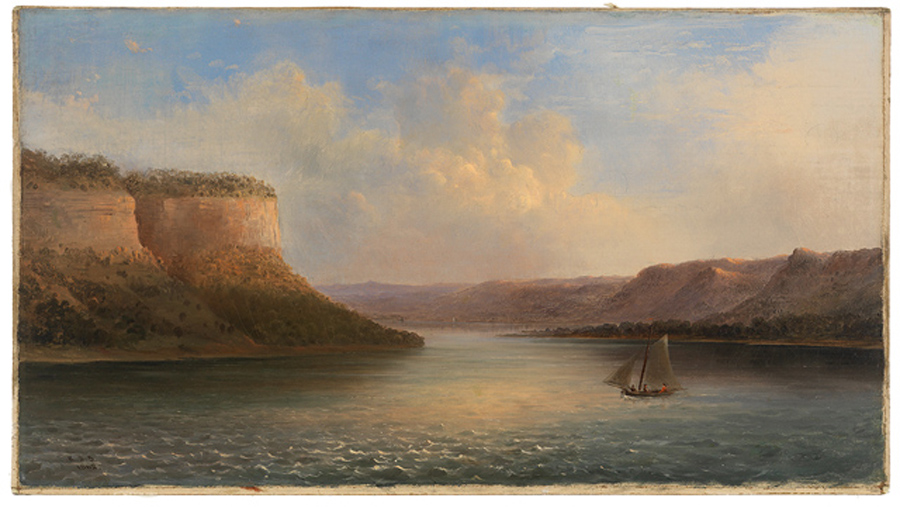
In his 1838 “Essay on American Scenery,” Thomas Cole—the celebrated “founding father” of the Hudson River School of American landscape painting—wrote that American landscapes are:
a subject that to every American ought to be of surpassing interest; for, whether he beholds the Hudson mingling waters with the Atlantic—explores the central wilds of this vast continent, or stands on the margin of the distant Oregon, he is still in the midst of American scenery—it is his own land; its beauty, its magnificence, its sublimity—all are his; and how undeserving of such a birthright, if he can turn towards it an unobserving eye, an unaffected heart!
Erik Hougen: to Dissolve Place
Artist: ERIK HOUGEN
Curated by: JEFF BERGMAN

In reference to photography, Roland Barthes wrote that its unique position among art was that it referred directly to something “that has been.” Erik Hougen’s paintings hint at that premise; they offer places both familiar and alien, which forces the part of our brain that codifies and organizes images to guess where and when. This dialogue, or rather confusion, between viewer and image is exactly what the artist is working towards. Hougen invites us to a location and time that may not exist. The mind attempts to classify the exact place, but ends up submitting to a notion of place.
